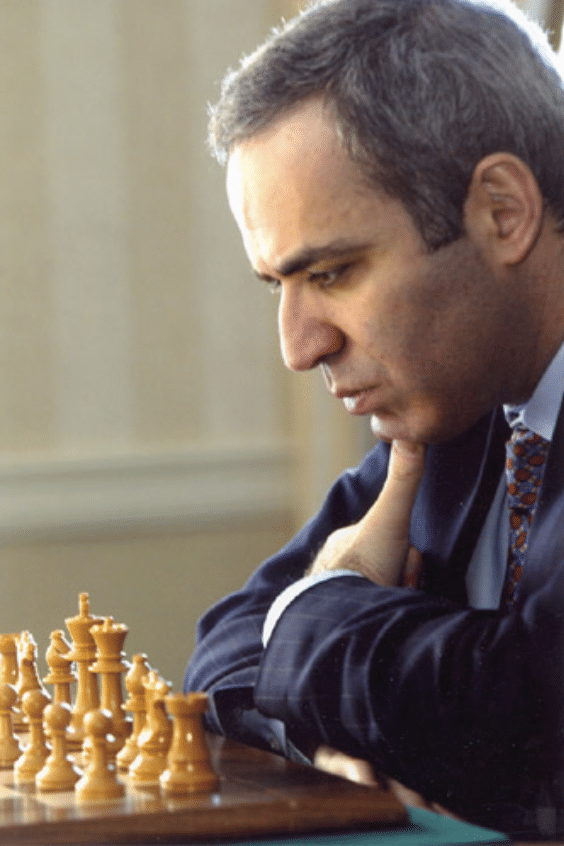A few months ago, the latest innovation in artificial intelligence, ChatGPT, was released, creating a tsunami of controversy about its implications for news, education, politics and war. It has been described as a societal game-changer that may even exceed the impact of the printing press in granting to all humans access to information never before accessible. This generative pre-trained transformer, (GPT) from the company OpenAI, is a natural language processing chatbot that is a robot designed to answer questions in a way that is indistinguishable from a human. Programmed in the syntax of language, it uses what are called, “deep learning algorithms” to simulate human responses to questions and answers. For more information on this breakthrough, visit: https://youtu.be/Sg3EchbCcA0
In 1950, Alan Turing, the mathematician who broke the Enigma code in World War II and was profiled in the movie, The Imitation Game, addressed the question, “Can machines think?” He argued that if a human interrogator at a keyboard asks questions of a human as well as a computer, both hidden from view, and is unable to determine from their answers, which of them is human, then that computer is truly a thinking machine. This has since been referred to as the Turing test for a thinking machine. It appears that ChatGPT may be on the threshold of passing the Turing test.
However, before we explore in depth the deeper meanings of AI and the Turing test, we will visit the beginnings of AI that have brought us to this juncture. We will, in the next few posts, explore AI and its developments in recent decades and then explore the possible implications of AI. To start near the beginning, we present the following excerpt from the book, Intelligence: Where we Were, Where we Are, & Where we’re Going. https://www.intelligence-and-iq.com/intelligence/
The Shootout Between Carbon-based and Silicon-based Intelligence

The 1980’s were a period of frenetic competitions among chess-playing computer programs. In his book Mind Matters, James Hogan observed:
The challengers were appearing from all directions like black-hat contenders or the title of fastest-gun-in-town in a Western movie–and with about comparable life expectancy.
Cray Blitz, a 28,000-line program run on a Cray XMP-48 dominated computer chess at the beginning of the decade, but surrendered in 1985 to a chess-playing program called Hitech that could examine 20,000 configurations per second and look ahead 7 moves. In 1988, Hitech became the first program to win a tournament [rather than a game] against a Grandmaster.
The quest to build a chess-playing program that could defeat the best humans was carried into the 1990’s using IBM’s Deep Thought and its successor Deep Blue. In February 1996, a Western-style showdown between Deep Blue and reigning chess champion Garry Kasparov was scheduled. A prize of $400,000 was to be awarded to the winner and $100,000 to the loser. The media was abuzz asking, “Is the carbon-based intellect superior to the silicon-based intellect?
Deep Blue came equipped with unprecedented chess playing capability, enabling it to evaluate 100 million positions per second. Stored in its memory were the openings of every grand-master game played in the previous century, along with billions of endgame situations which the computer could apply whenever appropriate. At this point, the human side of the equation came only with Kasparov, the reigning human champion.
In what was the largest World Wide Web event to date, an estimated one billion humans tuned in to witness the battle of the titans and resolve, once and for all, whether carbon-based intellect would prevail over the silicon imposter. In game 1, Deep Blue rallied from a defensive position into a conceded defeat by Kasparov after 37 moves. But Kasparov battled back in the second game, grinding to a win on the 73rd move. The third and fourth games were fought to a draw. Most impressively, Kasparov then gained a second wind and shut out Deep Blue on games 5 and 6 to win the tournament 4-2. Though human superiority prevailed, the technology proved relentless in its quest for “top-gun” status.
Emboldened by his success against Deep Blue, Kasparov challenged IBM to a rematch in New York in May 1997. IBM accepted the challenge; Deep Blue arriving for the contest in full battle dress, with even greater processing power and still more memory. It was brute computing power against accumulated human intuition.
Kasparov came out of the gate in game 1 with all synapses firing, and seized victory over Deep Blue in 45 moves. In game 2, Deep Blue avoided a trap, set by Kasparov, to which chess-playing programs had previously fallen prey, and then amazingly countered with a bold “creative” move which signaled Kasparov that his opponent was now really thinking like a human. Disoriented, Kasparov made a move that some chess experts labeled at the time a “serious mistake,” after which he resigned at the 45th move tying the series at 1–1.
Games 3, 4, and 5 were all tied, so both contenders came to the sixth and final game tied at 2½ – 2½. Deep Blue, playing white, opened and Kasparov responded with what is called the Caro-Kann defense. By the eighth move, Deep Blue consulted its massive reference library on the Caro-Kann defense and offered a knight sacrifice that Kasparov accepted. Almost immediately after this knight capture, Kasparov realized his mistake and after 19 moves Deep Blue had emerged victorious, 3½ – 2½, in the battle between carbon-based and silicon-based brains.
This was the first shot against the bow of human intellect, suggesting that high intelligence may not be the sole preserve of Homo sapiens. In the next post in this series, we’ll visit a subsequent chapter in the development of artificial intelligence.
